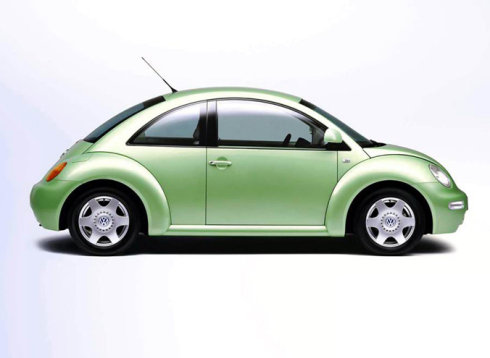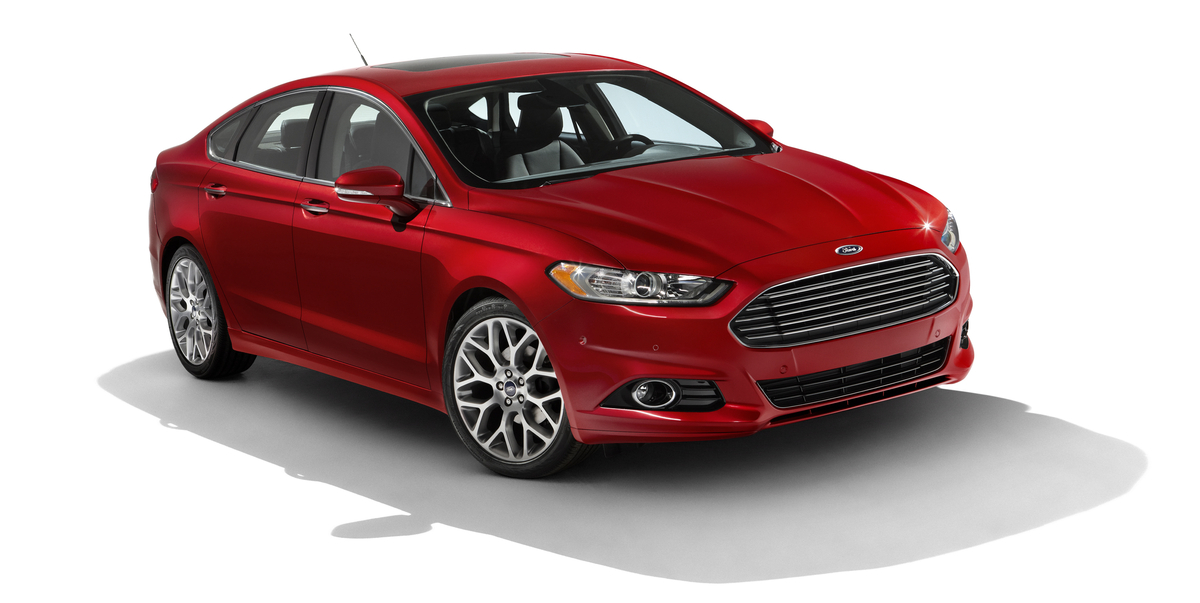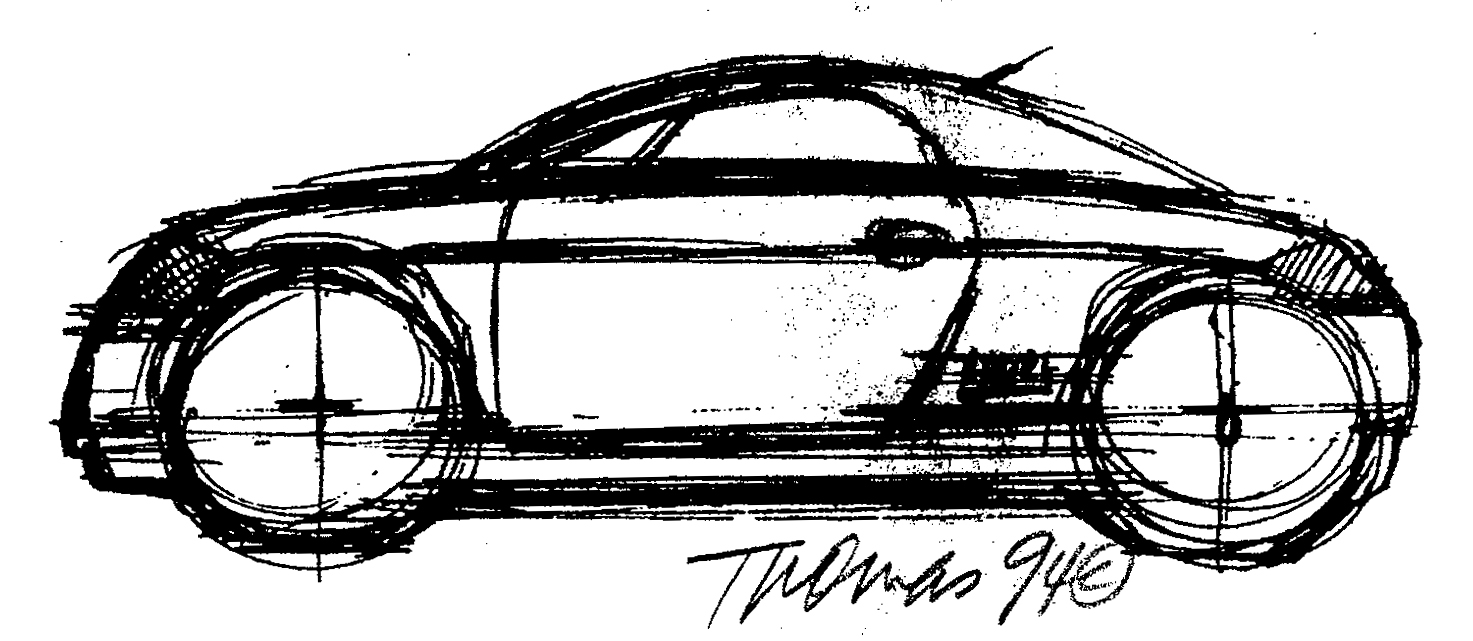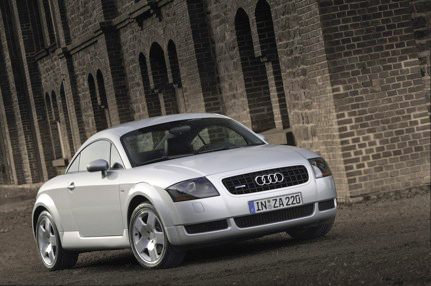In my previous article I asked leaders in architecture, fashion and industrial design how they measured "Great Design." They offered "democracy," "soul" and "how something works, not how it looks" as highly individualized examples.
Buildings, clothing and products all trigger the public's awareness of design. But how about the automobiles we drive?
Some people take better care of their cars than their own bodies. One reason for this may be because cars are expensive. Next to purchasing a house, nothing impacts your wallet harder. A car's design not only is key in the purchase decision but also becomes a symbol of personal identity and prime example of "co-branding" the driver and their "wheels."
Not being an expert on the topic, I asked a master automobile designer how he measures great design.
 Freeman Thomas, who's "been designing his dream car all his life" is the Director of Strategic Design for the Ford Motor Company. He's responsible for advanced global design and built a stellar list of credentials at companies such as Porsche, Audi and Chrysler. The New York Times columnist Phil Patton comments, "Freeman Thomas, may have created more fundamentally innovative designs than any car designer of our era." Thomas' body of work includes everything from forklifts to minivans to sports cars. While at Volkswagen he, along with designer J Mays, re-imagined the classic VW Beetle in the mid-nineties.
Freeman Thomas, who's "been designing his dream car all his life" is the Director of Strategic Design for the Ford Motor Company. He's responsible for advanced global design and built a stellar list of credentials at companies such as Porsche, Audi and Chrysler. The New York Times columnist Phil Patton comments, "Freeman Thomas, may have created more fundamentally innovative designs than any car designer of our era." Thomas' body of work includes everything from forklifts to minivans to sports cars. While at Volkswagen he, along with designer J Mays, re-imagined the classic VW Beetle in the mid-nineties.
 image courtesy of newbeetle.org
image courtesy of newbeetle.org
When measuring great design, Thomas succinctly summarizes his criteria: "I look at purpose, simplicity, emotion and honesty to define great design." When applying these standards to a vehicle, he speaks about the "soul and philosophy" of a car that goes beyond seeing it as an "appliance," but as something that fosters emotions like "being smitten" or "falling in love."
Although Thomas' expertise is all about putting design in motion, he ironically cites two architectural icons that inspire his work.
Frank Lloyd Wright's Fallingwater, a favorite in design circles, appeals to Thomas for the home's "inside out " approach. Completed in 1935, Fallingwater captures and cultivates emotion through the way a visitor navigates the space, lending to a moving experience from the interior to the exterior. Thomas recalls, "On my first trip to Fallingwater, I was struck by the way it sat on the rocks, cantilevered over the waterfall," he elaborates, "I just wanted to be there. To me that's complete design, it's holistic."
 image courtesy of orangejack
image courtesy of orangejack
Built for William Kaufman, a wealthy businessman, Fallingwater is a stark contrast to the Stahl House in Los Angeles. Designed by Pierre Koenig in 1959, the structure originated as an affordable housing experiment, a case study that married humble materials with progressive design. Freeman Thomas admires the "frugality" and low-cost construction methods of the Stahl House. "It's like two shipping containers with exterior walls of glass facing outward on a spectacular site overlooking LA."
 image courtesy of Luis Quinteiro
image courtesy of Luis Quinteiro
This integration of sophisticated design and low-cost materials represented in the Stahl House is also reflected in the approach to the newly designed Ford Fusion. This aggressively stylish automobile employs "the very best designers and processes, applying them to something affordable." He sees the concept of "affordable aspiration" as distinctly American, but uses an Italian food analogy to clarify his point. He believes in the hands of the right chef with the right ingredients, ordinary pasta becomes a memorable meal. "I think that's what design is, paying attention to the ingredients." For the Ford Fusion and the Stahl House alike, Thomas notes the "ingredients" aren't at all exotic but someone "took the time to make something special."
 image courtesy of Ford Motor Company
image courtesy of Ford Motor Company
But how does Freeman Thomas employ his philosophy of great design? Which example of his own work best embodies his thinking?

image courtesy of Freeman Thomas
In 1995 Thomas designed the breakthrough Audi TT sports car. Surprisingly, it was built on a Volkswagen Golf platform and introduced at a time of ambiguity for Audi's brand. Freeman says the "TT provided a narrative for the brand, capturing whimsy and charisma." The design featured a fresh "aerodynamic silhouette" and reflected the clean lines and forms of the Bauhaus movement, the brilliant engineering of Erwin Komenda at Porsche and the Audi Quattro performance. The TT quickly became a 'halo' for the Audi brand as Thomas recalls.
 image courtesy of AudiUSA
image courtesy of AudiUSA
Today, his responsibilities at Ford focus him clearly on the horizon. Thomas and his team created the Ford Start concept car which he say's reflects a "pure idea." With body panels made of recycled composites, sloping and curving surfaces to minimize drag and compact weight reducing construction, it's designed to make everything have a purpose and function while exuding emotion and sense of reward. "Communicating reward is very important no matter what size the vehicle" says Thomas, "You don't have to reward yourself with a Rolls Royce."
Looking back in time, we see automobiles that capture a particular cultural moment or social expectations. With the legacy of the Model T, the '32 Ford Classic Hot Rod, GT 40, Thunderbird and the wildly popular Mustang, Ford shaped the American car culture in the 20th Century. Today, Freeman Thomas' strategic design direction and his collaborations with Chief Creative Officer J Mays at Ford keeps a sharp eye on 'next.'
Freeman Thomas is relentless and exacting when it comes to his work. "I'll fight for a millimeter of a line just to get the right tension." In the end the consumer may not immediately see every slavish detail but they feel it every time someone says "Hey, nice car!" That's one measurement of great design we can all appreciate.
